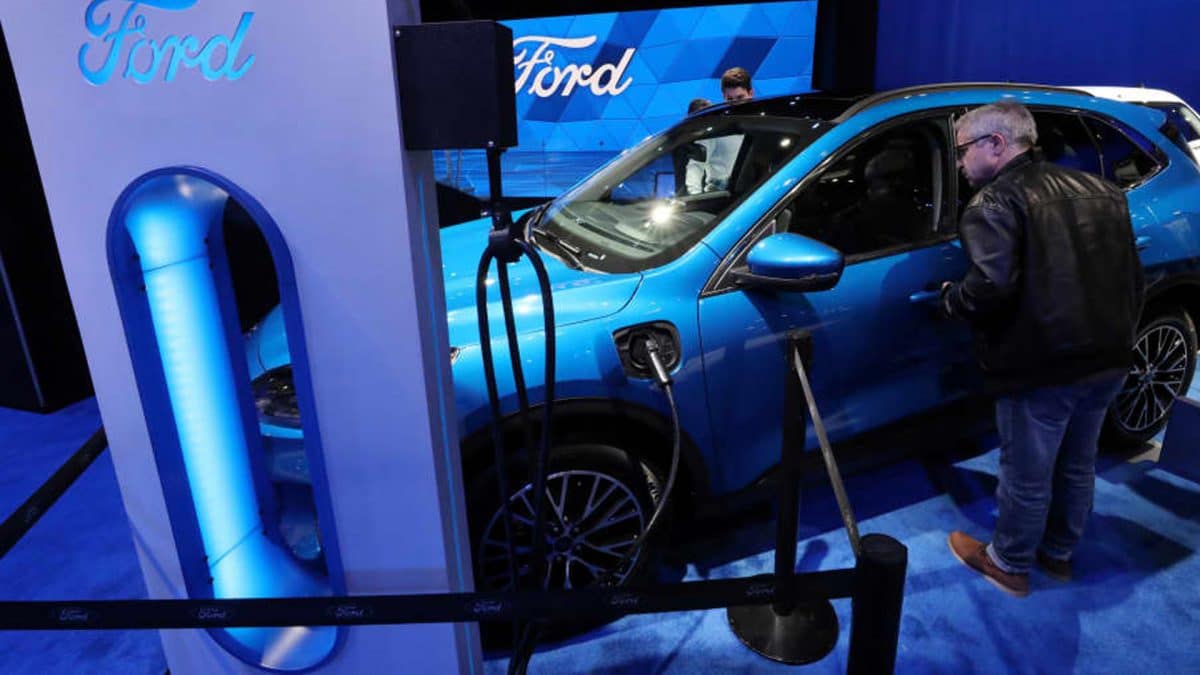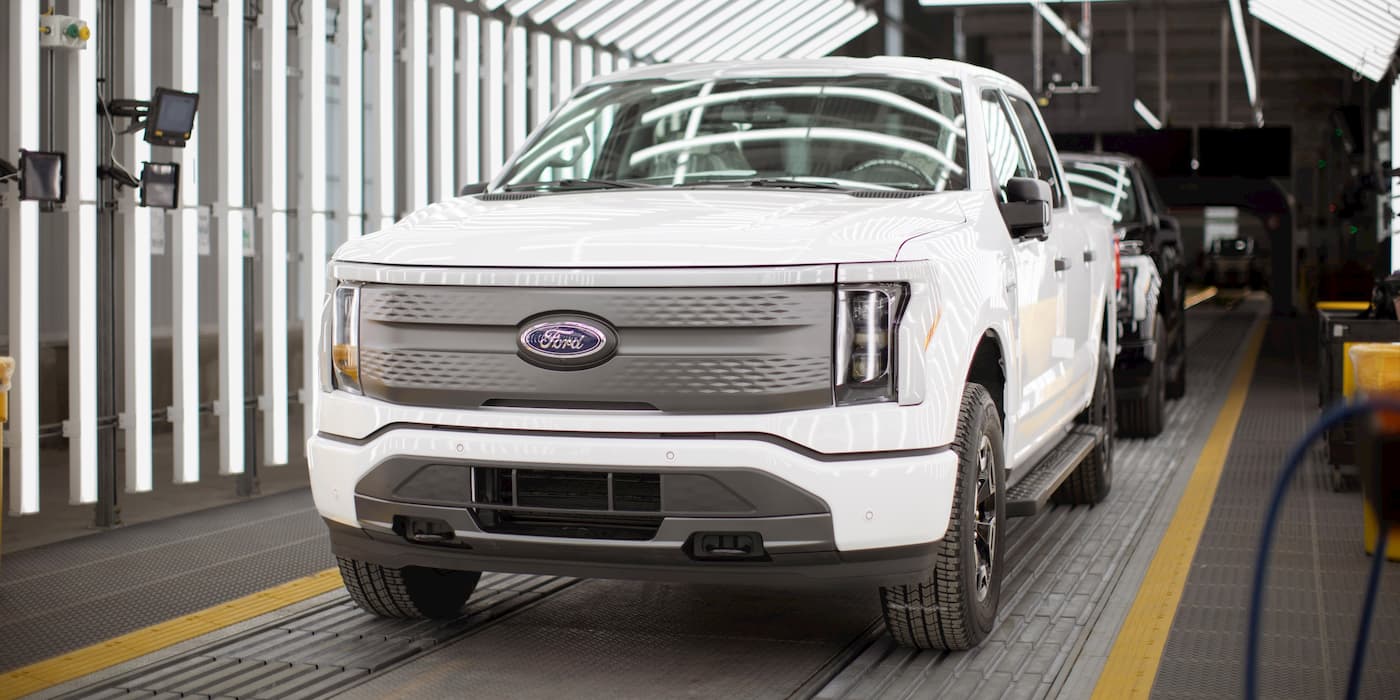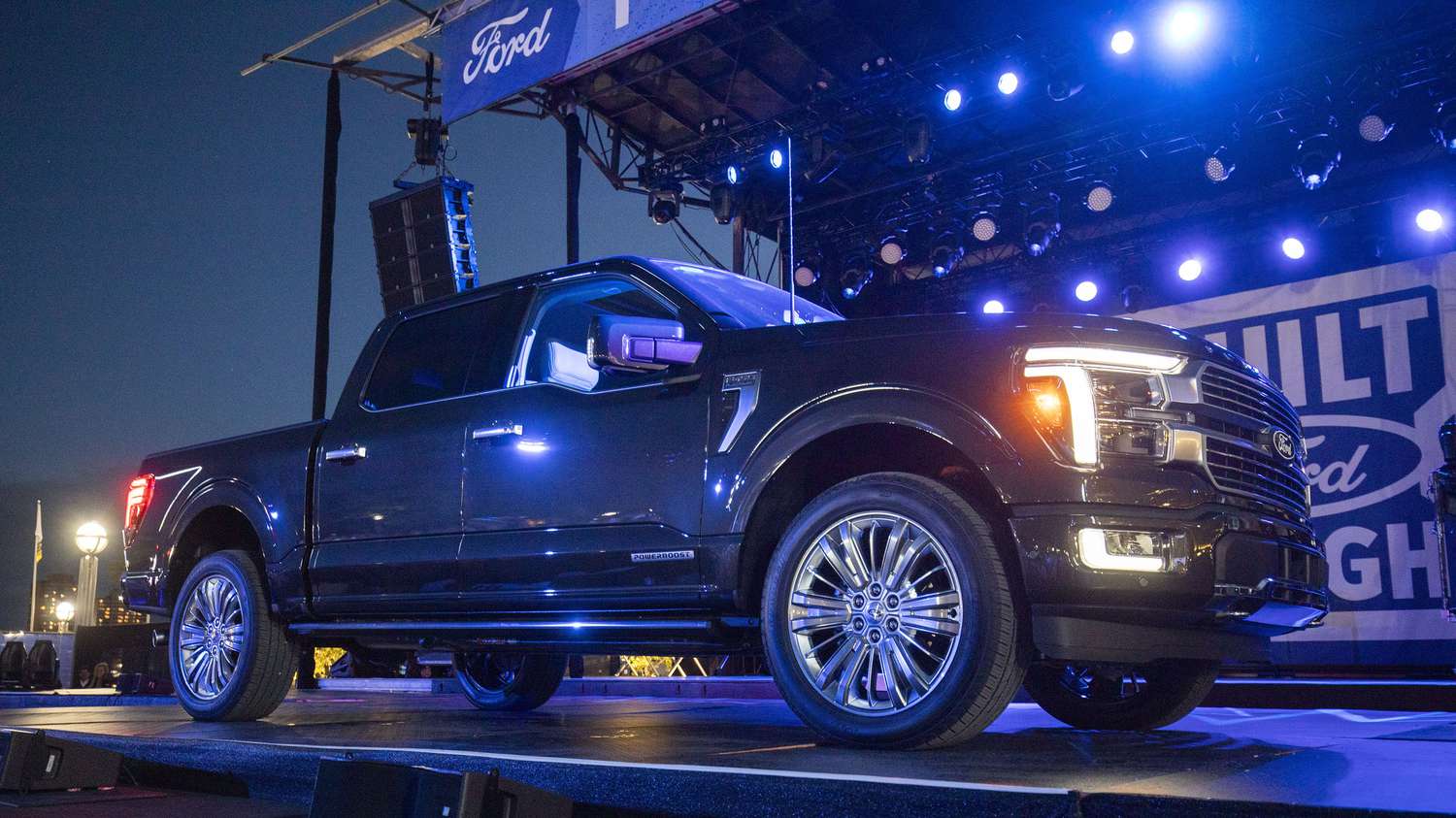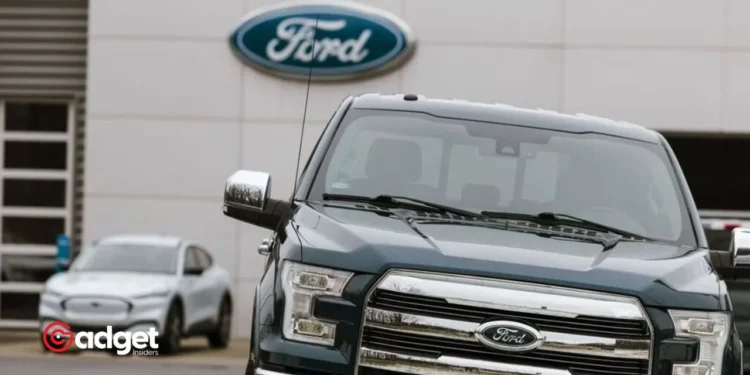As the auto industry faces a pivotal shift in consumer demand and technological advancement, Ford Motor Company is standing out for its strategic pivot towards hybrid vehicles. Under the leadership of CEO Jim Farley, Ford’s recent earnings report unveiled a significant uptick in hybrid sales, increasing by 36% in the first quarter of 2024. This growth comes at a time when the broader electric vehicle (EV) market experiences a slowdown, marked by steep competition and escalating production costs.

Ford’s decision to slow down its EV expansion—delaying investments in new manufacturing facilities and postponing the launch of new models—reflects a calculated bet on the enduring appeal of hybrids. “We made a lot of capacity decisions several years ago on hybrids, and I’m very thankful we did,” Farley commented during the company’s Q1 earnings call. This approach positions Ford as the third largest hybrid seller in the U.S., trailing behind industry giants Toyota and Honda.
The Economic Advantage of Hybrids
The appeal of hybrids is increasingly evident among U.S. consumers, driven by the significant cost savings they offer over their fully electric counterparts. Data from Edmunds, as reported by The New York Times, highlights that in November 2023, the average price paid for hybrids stood at $42,500, considerably less than the $60,500 average for electric vehicles. This price advantage is crucial as it aligns with the budget constraints of average American car buyers, making hybrids a more accessible green vehicle option.
Ford exceeded Q1 expectations, showcasing its shift towards gas and hybrid vehicles. Evolution in product strategy evident.
— Musa D Sanyang (@sanyangD) April 25, 2024
Ford’s emphasis on hybrids is a response not only to consumer preference but also to the broader economic pressures facing the EV sector. The company’s dedicated electric vehicle unit, Ford Model e, reported a loss of $1.3 billion in the early months of 2024, underlining the challenges within the pure EV market. The ongoing price war among manufacturers, coupled with a scarcity of affordable EV models, further complicates the landscape, making hybrids an attractive alternative for both the company and consumers.

Industry Reactions and Rival Strategies
Ford’s renewed focus on hybrids does not come without industry scrutiny. Rivals like General Motors have also revised their strategies, reintegrating hybrids into their North American offerings after previously committing to an all-electric future. This shift suggests a broader industry realignment, recognizing the role hybrids will continue to play as a transitional technology in automotive electrification.
Meanwhile, Tesla, led by Elon Musk, remains critical of the hybrid model, asserting that the future belongs solely to electric vehicles. Despite this, Tesla acknowledges that the global adoption rate of EVs is faltering, partly due to the resurgence of interest in hybrid technologies. Musk’s firm stance highlights a clear divide within the industry, with some manufacturers doubling down on EVs while others, like Ford, adopt a more diversified approach.

Looking Ahead: Ford’s Future in Hybrid Technology
As Ford plans to expand its hybrid lineup further—delaying its electric SUV launch from 2025 to 2027—the company is poised to strengthen its position in the hybrid market well into the decade. This strategy not only caters to current market demands but also provides consumers with “freedom of choice,” as stated by Ford vice president Jim Baumbick. By balancing both hybrid and electric offerings, Ford aims to meet diverse consumer needs while navigating the financial and technological challenges of the automotive future.
Ford’s strategic bet on hybrids, once seen as merely a transitional phase, is proving to be a savvy move in the rapidly evolving auto industry. As the company continues to build on this momentum, it sets a precedent for flexibility and adaptability, essential qualities for any automaker looking to thrive in the competitive landscape of the 21st century.










